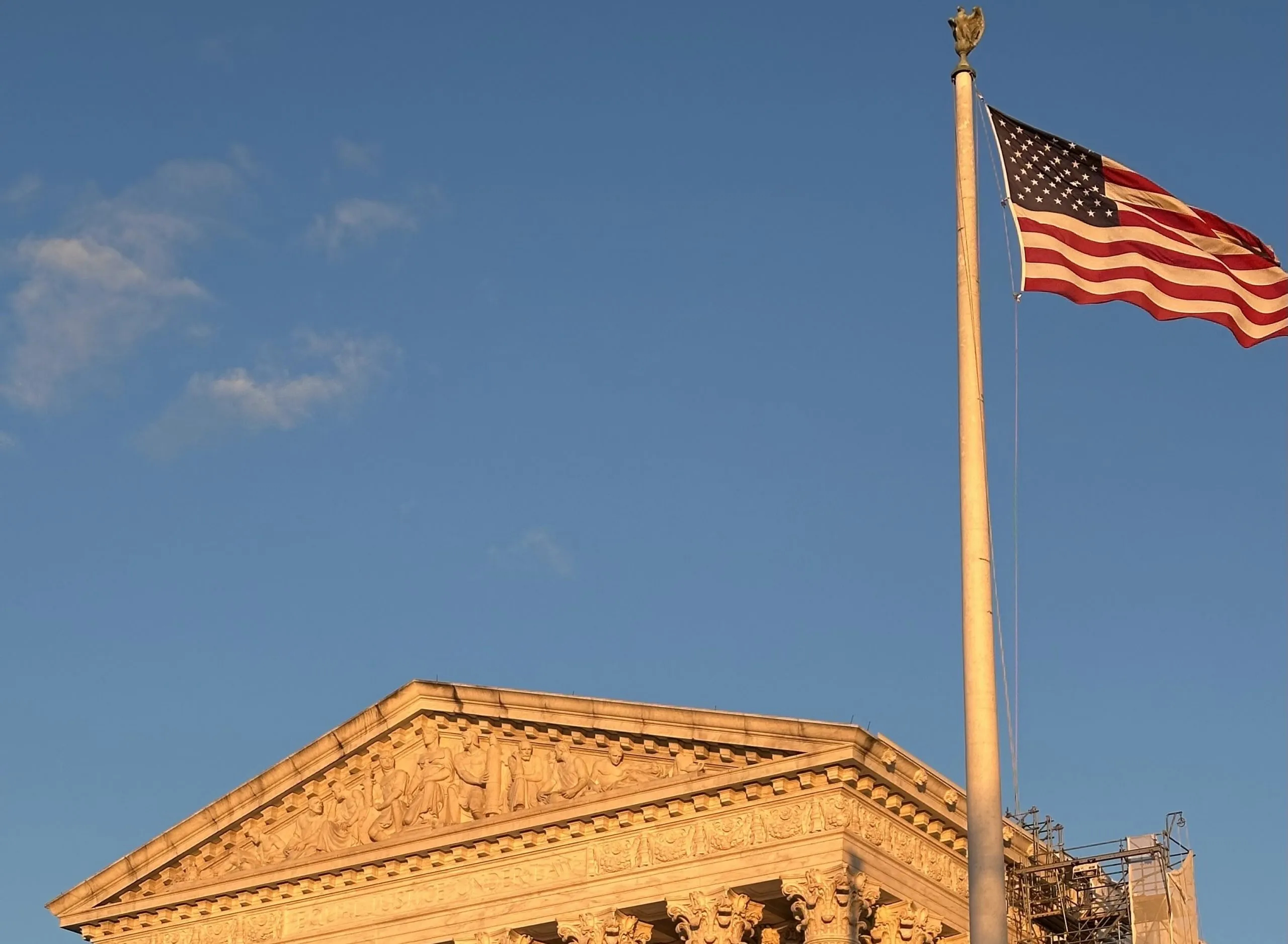Question Navigation
Sponsored Content
Q&A with Burford Capital CEO Christopher Bogart

Image Credit - Katie Barlow
The Supreme Court’s recent dismissal of Laboratory Corporation of America Holdings v. Davis could have broad implications for class action litigation in federal courts. Christopher Bogart argues that Justice Brett Kavanaugh’s dissent shows the usual skepticism toward class action lawsuits but warns that making it harder to bring these cases has backfired. Since class actions now make up only a small slice of federal court cases, injured people have instead started filing individual lawsuits that get grouped together in what’s called multi-district litigation – which now make up most federal cases. Bogart says this shift from well-supervised class actions to the “wild west” of MDLs – seen in cases with hundreds of thousands of separate filings – has meant less judicial oversight and more paperwork chaos, suggesting that courts’ resistance to class actions has actually created a messier and harder-to-manage system for handling large-scale lawsuits.

Christopher Bogart
Chief Executive Officer, Burford Capital
Christopher Bogart is Chief Executive Officer, a director and co-founder of Burford, and he also serves as a member of its Management and Commitments Committees. Under his leadership, Burford has become the largest global provider of legal finance. He has been featured on 60 Minutes, named by the Wall Street Journal as one of the world’s most influential decision makers and as a top 10 legal innovator by the Financial Times. He is also the only person to be ranked by Chambers in Band 1 in both the US and the UK in their inaugural litigation finance rankings.
Before co-founding Burford, Bogart held numerous senior executive positions with Time Warner, including as Chief Executive Officer of Time Warner Cable Ventures and Time Warner Entertainment Ventures. Earlier in his career, he was a litigator at Cravath, Chief Executive Officer of Glenavy Capital, and an investment banker with what is now JPMorgan Chase.
Question 1
Laboratory Corporation of America Holdings v. Davis is a case about whether a damages class for class actions could include some potentially non-injured parties. The case was DIGed by, it appears, eight justices of the court, and Justice Kavanaugh included his own dissent. What are your thoughts on this case?
Christopher Bogart
I think that what you’re hearing from Justice Kavanaugh is what I’ll call the traditional opposition to class actions. And the opposition basically goes, as he framed it, a class action is a big scary thing because if it goes against you as a defendant, it could cost you a lot of money, and therefore there’s always some pressure to settle instead of litigating things out.
The issue that the courts really have to confront here is the balance between class actions and mass torts or multi-district litigation (MDLs). Because what’s happened is defendants—and I used to be a defense lawyer—have pretty successfully limited the scope and use of class actions. The reality is, class actions today make up only about 3 percent of the federal court docket, and about two-thirds of the settlement dollars that get paid out in class actions are paid out in securities cases. So class actions are not really a huge economic vehicle any longer in U.S. federal litigation.
Question 2
Where do you see plaintiffs turning when class actions aren’t viable?
Christopher Bogart
What’s happened instead, and I don’t think that this is a particularly positive thing from my perspective, is we’ve created a little bit of the Wild West with respect to MDLs. So now MDLs have gone from being about a quarter of the federal court docket 20 years ago to being a clear majority now—64 percent in 2023, which is I think the last year reported. So you’ve got more than 400,000 mass court actions pending. And the reason I think that’s a potential problem is that you lack a number of the controls and judicial supervision that you have in class actions when you go down the mass tort MDL road.
Question 3
It sounds almost like squeezing a balloon: You get rid of nationwide injunctions, but out pop all these class actions—just nationwide injunctions by another name. Is there a historical case that comes to mind as an example of this transformation?
Christopher Bogart
I think that’s exactly what happened. To your balloon analogy, those claims have to go somewhere. If you’re a claimant with an injury, you’re going to seek redress somehow or other. If the courts make it really difficult now to do that in the form of a class action, then enterprising lawyers are gonna figure out how to file those cases individually, and that’s why you have such high case numbers. If you just look at one big MDL, 3M had a big case about defective earplugs that caused a bunch of military injuries. There were literally hundreds of thousands of individual cases filed, and so each one of those cases is taking space on the docket, costs a filing fee, has administration around it. And at the same time, while there’s a judge supervising discovery in the MDLs, there’s not the same level of oversight, both of settlement process and of the screening and the payment of the cases. And so while you save the class action dynamic, you really do create a fair bit of judicial mischief when you get into numbers like that.


Question 4
So in that sense, it’s very similar to the nationwide injunction class action issue. Here you have class actions, which is one case with a certified class of people versus MDLs, which is a thousand cases with each individual person who would’ve been a member of the class. Is that a fair description?
Christopher Bogart
Yes, except that they can be much, much, much larger numbers than that, as the earplug case shows.
Question 5
What if we end up in a Bivens and Federal Tort Claims Act world, where judges basically reject both options?
Christopher Bogart
Well, I think you’re going to find it difficult when you’ve got a tangible injury. You have to have some way of having that injury adjudicated and compensated. And you can do it in a class action or you can do it in an individual case. But you can’t just wave a wand and have it go away.
Question 6
What’s your solution?
Christopher Bogart
Judges should not be so hostile to class actions. I think frankly, the defense bar was too successful probably for its own good in getting certification to be so difficult. And I think that’s deprived the courts of the ability to supervise some of these cases more closely and more strenuously than they are today in the mass tort context. And so that’s why the DIG opinion by Justice Kavanaugh struck me as possibly going slightly in the wrong direction from my perspective, if what in fact he was signaling was a continued hostility to the use of Rule 23 certification.
This interview was conducted on June 13, 2025 and has been edited for length and clarity.